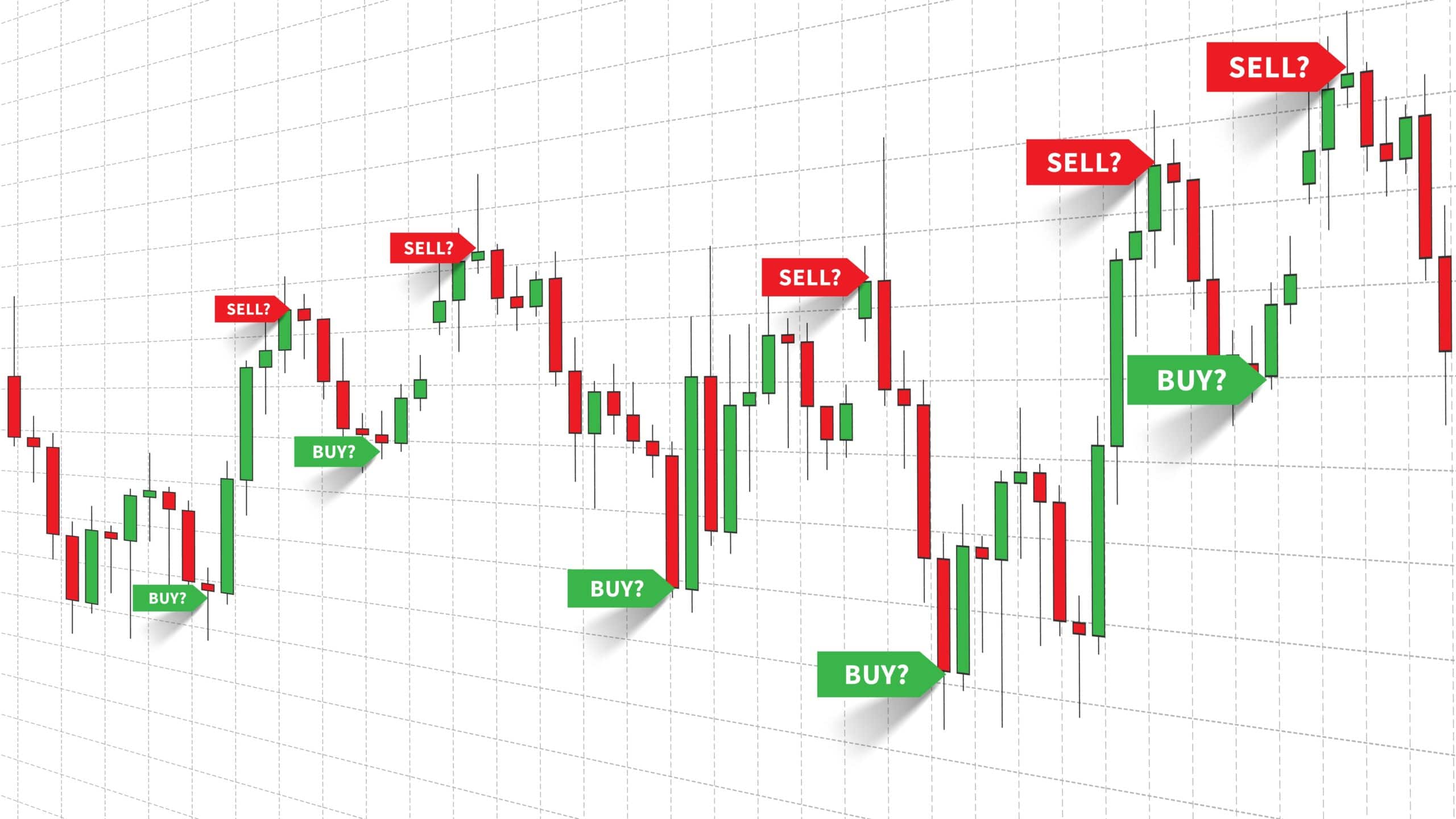Introduction:
Stepping into the dynamic world of Forex trading requires navigating the intricate terrain of live market charts. These charts serve as vital tools, offering traders a glimpse into the ever-evolving dance of currency pairs. Mastering the art of interpreting live Forex charts empowers traders to make informed decisions that can lead to profitable outcomes. This comprehensive guide will delve into the intricacies of live Forex market charts, unraveling their anatomy, decoding their nuances, and unraveling the path to successful charting mastery.
Decoding the Anatomy of a Live Forex Chart:
At the heart of every live Forex chart lies a trove of essential components that, when understood, provide a comprehensive snapshot of market dynamics. The X-axis represents the passage of time, typically displayed in intervals such as hourly, daily, or weekly. On the Y-axis, we witness the fluctuations of currency prices, reflecting the ebb and flow of supply and demand. Each point on the chart represents the current market price at a specific moment in time. Additionally, live charts often feature technical indicators, such as moving averages and Bollinger Bands, which provide valuable insights into market trends and potential trading opportunities.
Navigating Chart Types:
The world of charting encompasses a multitude of chart types, each tailored to specific preferences and trading styles. Line charts offer a simplistic yet effective way to track price movements over time. Bar charts, on the other hand, provide a more detailed representation of market activity, capturing the opening, closing, high, and low prices for each period. Candlestick charts, renowned for their versatility, combine the elements of both line and bar charts while offering an intuitive visual representation of market sentiment. Mastering the nuances of various chart types equips traders with the adaptability to decipher market behavior effectively.
Essential Elements of Live Forex Market Charts:
Live Forex charts overflow with a wealth of critical elements that contribute to their comprehensive nature. Bid and ask prices represent the two essential pillars of any market. The bid price denotes the maximum price a buyer is willing to pay, while the ask price represents the minimum price a seller is ready to accept. The spread, a fundamental concept in Forex, is the difference between the bid and ask prices, signifying the transaction cost. The volume, often overlooked yet highly valuable, measures the number of units traded within a specified period, providing insights into market liquidity and volatility.
Beyond Technical Analysis: Fundamentals and Sentiment:
Confining analysis solely to technical indicators and price action can limit a trader’s understanding of market dynamics. Incorporating fundamental analysis into the charting equation opens the door to considering global economic events, interest rate decisions, and political developments that can profoundly impact currency movements. Sentiment analysis, the art of gauging market sentiment through various means, provides additional context to trading decisions, reflecting the collective emotions and expectations of market participants. Combining these elements empowers traders with a holistic perspective, enhancing trading decisions.
Trading Strategies Based on Live Forex Charts:
Live Forex charts serve as a launchpad for developing and executing profitable trading strategies. Identifying patterns and trends through technical analysis lays the foundation for informed trading decisions. Support and resistance levels, trendlines, and candlestick patterns, when interpreted correctly, provide valuable insights into potential market reversals and continuations. Risk management, a cornerstone of successful trading, finds its roots in live charts, guiding traders in setting appropriate stop-loss and take-profit levels to protect their capital while maximizing profit potential.
Live Forex Charts and Automated Trading:
Advancements in technology have given rise to automated trading, where algorithms interpret live chart data and execute trades based on predefined parameters. This approach, while offering convenience and objectivity, requires a thorough understanding of programming languages and risk management strategies. Integration of live chart data into automated trading systems enables traders to test, monitor, and refine their trading strategies efficiently. However, the importance of human oversight remains paramount to ensure alignment with market conditions and risk tolerance.
Conclusion:
Navigating the ever-changing landscape of the Forex market requires a deep understanding of live market charts. Through this comprehensive guide, we embarked on a journey into the intricate world of live Forex chart analysis. By unlocking the secrets embedded within these charts, traders gain the power to decipher market dynamics, identify trading opportunities, and make informed decisions. Whether a seasoned trader or a novice embarking on the path to Forex mastery, embracing live market charts is an indispensable step toward achieving trading excellence.

Image: howtotradeonforex.github.io

Image: forums.babypips.com
Forex Market Live Chart Coding






